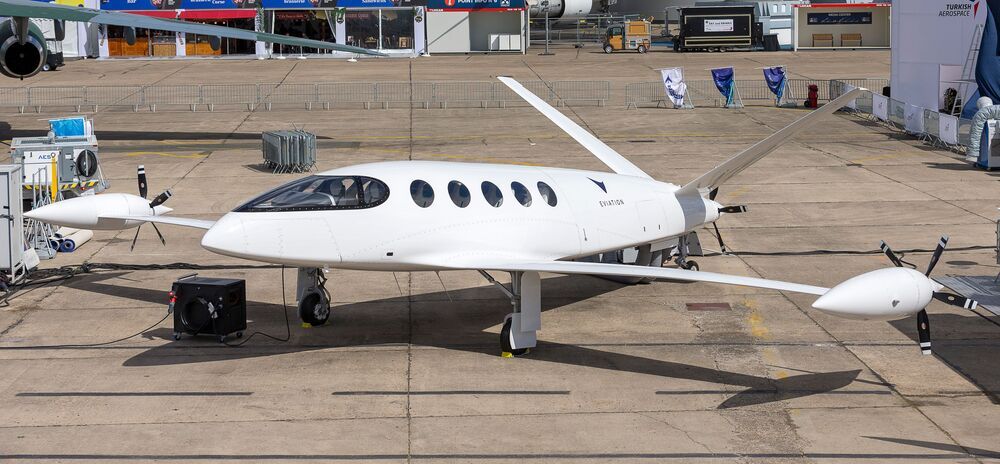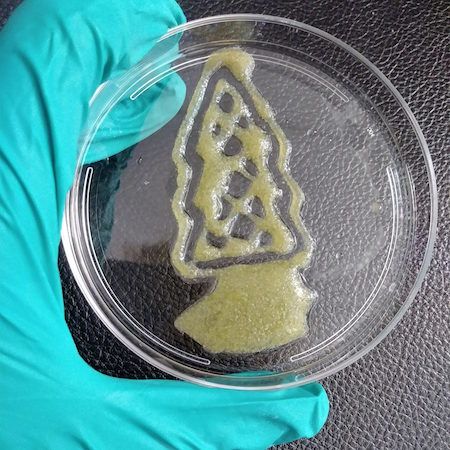Why luxury brands like Hermès, Iris Van Herpen, and Stella McCartney are turning to mushrooms for an eco-alternative to leather.
The wondrous fungi-inspired creations in Dutch couture designer Iris Van Herpen’s Spring 2021 collection are like nothing else in the fashion world. Undulating crowns of brass coils top delicate micro-plissé gowns with bodices formed from sinuous silk tendrils. An early adopter of 3D printing and advocate for sustainability, van Herpen has emerged as a kind of oracle within the fashion industry. She spent lockdown in Amsterdam reading biologist Merlin Sheldrake’s book, Entangled Life: How Fungi Make Our Worlds, Change Our Minds & Shape Our Futures, which describes the hidden world of mycelium, the sprawling underground root-like networks of fungi (the visible part we know as mushrooms are akin to fruit on trees).









